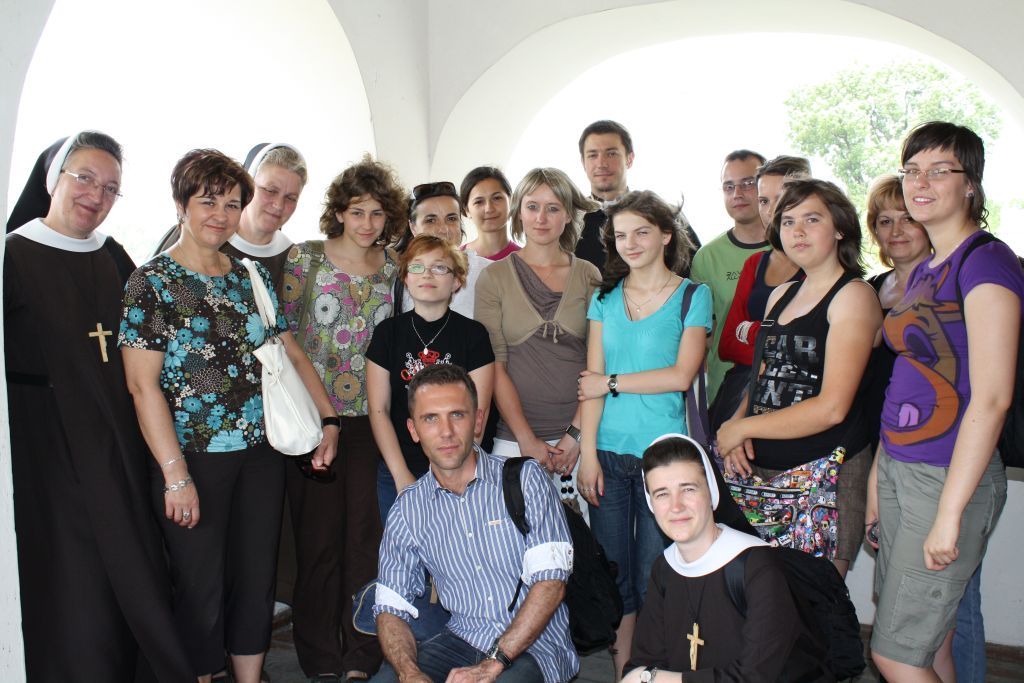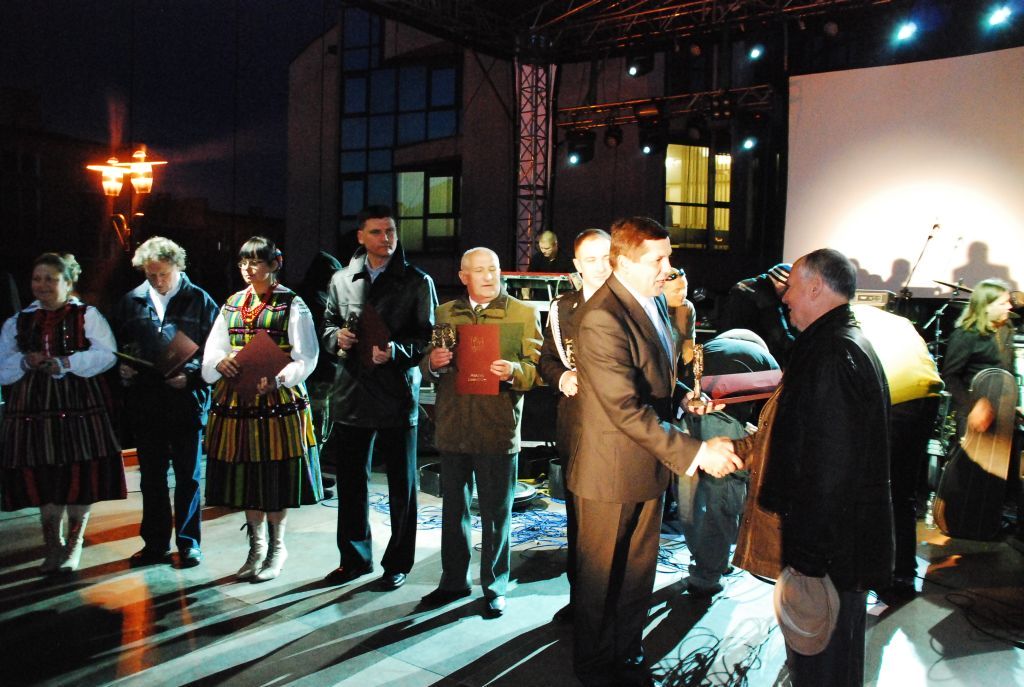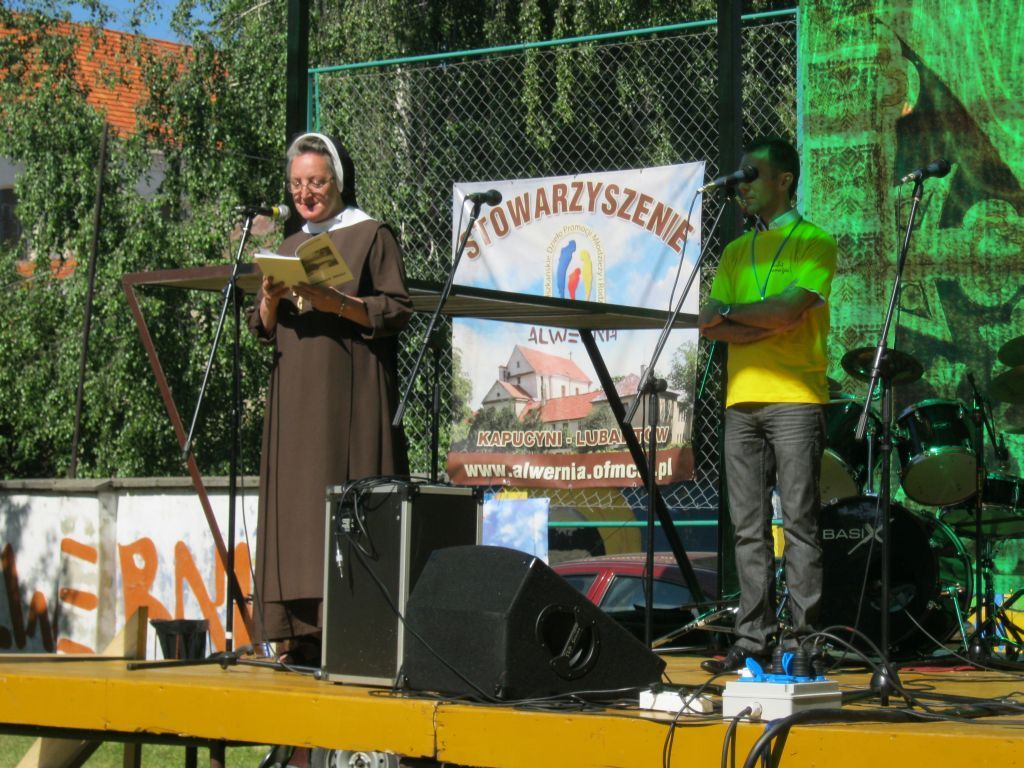linear acceleration formula in circular motionsection 301 staples center concert
dodane przez dnia lis.20, 2021, w kategorii harley-davidson leather jacket mens
TB = 3mg ii. The magnitude of linear velocity, acceleration, and centripetal force stays constant, but their direction changes. Angular displacement. This text is written for undergraduates who are studying orbital mechanics for the first time and have completed courses in physics, dynamics, and mathematics, including differential equations and applied linear algebra. Ans: Definition: Motion of a particle along the circumference of a circle is called circular motion. stream Although the object's speed is constant, its direction of motion keeps changing, being always tangent to the circular path.
Circular Motion Physics Notes. Apart from angular velocity and angular speed, a particle in circular motion also possesses linear velocity and corresponding linear speed. Differentiatingur anduθ with respectto time t(and indicatingderivatives with respect to time with dots, as physicists do), the Chain Rule gives
ac = \(\frac{v^{2}}{r}\) In vector \(\overrightarrow{\mathrm{F}}_{\mathrm{c}}=\mathrm{m}(\vec{\omega} \times \overrightarrow{\mathrm{v}})\), \(\overrightarrow{\mathrm{a}}=\overrightarrow{\mathrm{a}}_{\mathrm{c}}+\overrightarrow{\mathrm{a}}_{\mathrm{t}}\) v = r d θ d t = r ω , {\displaystyle v=r {\frac {d\theta } {dt}}=r\omega ,} where the angular rate of rotation is ω. "The best physics books are the ones kids will actually read." Advance Praise for APlusPhysics Regents Physics Essentials: "Very well written... simple, clear engaging and accessible. You hit a grand slam with this review book. When you have some acceleration vector $\mathbf a$ you can always write it in the form of component vectors in perpendicular directions. This connection between circular motion and linear motion needs to be explored. (a) angle(in radians) = \(\frac{\text { arc }}{\text { radius }}\) ω ¯ = θ 2 − θ 1 t 2 − t 1 = Δ θ Δ t rad/s. References: Vertical circular motion in case of massless rod, Critical velocity Thus, linear acceleration is called tangential acceleration . It is measured in terms of Hertz (Hz). Calculate the acceleration to tangential. For a circular path, d equals the circumference, C = 2πr and t equals the time for one revolution, or the period, T. Substituting this expression for c into the equation for centripetal acceleration, yields. This acceleration is therefore along the path of the object, i.e. v0 = initial linear velocity (m/s, ft/s) a = acceleration (m/s2, ft/s2) Linear distance can be expressed as (if acceleration is constant): s = v0 t + 1/2 a t2 (1c) Combining 1b and 1c to express the final velocity. The angular acceleration is zero for constant-speed circular motion. Solved 1 A Rankine Vortex Is The Simplest Idealization O.
The formula of tangential acceleration is used to calculate the tangential acceleration and related parameters and the unit is m/s2. 18 0 obj Nonuniform Circular Motion ! The tangential linear velocity = Distance ( circle circumference ) / Periodic time. dv = vf – vi = 80 – 20 = 60 m/s, The formula of tangential acceleration is. Tangential Radial Acceleration In Curve Linear Motion. "Body Physics was designed to meet the objectives of a one-term high school or freshman level course in physical science, typically designed to provide non-science majors and undeclared students with exposure to the most basic principles in ... Some of the modem developments described in Motion, Control, and Geometry include the geometric control of robot motion and craft orientation, how high-power precision micromotors are engineered for less invasive surgery and self-focusing ... We can analyse this motion just as we analyse the linear motion, and also, we can apply the equation of motion in the parameters of the circular motion. Figure 2.
x f = x 0 + v 0 t + 1 2 a t 2. ω f 2 = ω 0 2 + 2 α ( Δ θ) ω f 2 = ω 0 2 + 2 α ( Δ θ) v f 2 = v 0 2 + 2 a ( Δ x) v f 2 = v 0 2 + 2 a ( Δ x) Table 10.2 Rotational and Translational Kinematic Equations. Thus TA > TB > TC. In this section, we are going to study: The formulas that correspond to this type of motion; The relationship between linear quantities and angular quantities θ = a r c r a d i u s = s r radian. ac = v2 r a c = v 2 r, which is the acceleration of an object in a circle of radius r at a speed v. Thus, linear acceleration is called tangential acceleration[latex]\boldsymbol{a_{\textbf{t}}}. The equation above is the basic building block of all motion profile acceleration calculations. In circular motion, linear acceleration a, occurs as the magnitude of the velocity changes: a is tangent to the motion. Found inside – Page 1-137Uniform Circular Motion Unit MECHANICS IMPORTANT NOTES CIRCULAR MOTION : When a body moves such that it keeps equal ... in direction of linear velocity of the particle performing circular motion therefore it is linear acceleration . Linear Acceleration = \(\frac {Change in Velocity}{ Time Taken}\) Its unit is meter per second squared or m \(s^{-2}\). x}P»1ì÷+¦Ü6N.% àt¢Z±HËþttNvs×]\xìÌØ#÷8 94Ç_¸c¶ÚéùFbhÉÚû9EWaRðÁZA×g)±T2ÅxQÃ:F{Ã2½æï)Åf1;Q¯êíq¥qJ5¡~W F3êÅD(D¤ZúªÊy/DFÅÀÜúT¸ î°rìñ×Ö2¹][Ê)®½\gtý¦ðÝí Your Mobile number and Email id will not be published. Anyone can pick up this book and become proficient in calculus and mechanics, regardless of their mathematical background. Case Circular Motion Definition Circular motion is the movement of an object in a circular path. Centripetal Acceleration and Force We call this acceleration centripetal acceleration, since it is directed towards the center (centripetal = center-seeking): In the last step, we used v = rω. References: tension T = mg \(\sqrt{1+\frac{v^{4}}{r^{2} g^{2}}}\) For circular motion, note that v = rω, so that [latex]{a}_{\text{t}}=\frac{\Delta \left(\mathrm{r\omega }\right)}{\Delta t}\\[/latex]. We are giving a detailed and clear sheet on all Physics Notes that are very useful to understand the Basic Physics Concepts. OR . Circular Motion: When a body moves such that it always remains at a fixed distance from a fixed point, then its motion is said to be circular motion. endobj v = d s /dt. The cyclist is in uniform circular motion and it is given that linear velocity = 10 m/s, R = 1 km = 1000 m. As we know whenever an object is performing circular motion, acceleration is called centripetal acceleration and is always directed towards the centre.So cyclist experiences a centripetal force (acceleration) at point R towards centre. You may also need to express circular motion of an object or a point. The centripetal acceleration has to be provided by some other force (tension, friction, normal force) in order for circular motion to occur.
2612
Angular acceleration points in or against the direction of angular velocity. << /Type /Page /Parent 3 0 R /Resources 18 0 R /Contents 16 0 R /MediaBox r is the radius of the circular path which the object moved round, measured in meter. To understand the relationship between linear and angular speed. We expect that the acceleration of an object that is undergoing circular motion should be: = 2 (1) where R is the radius of the circular path and v is the speed of the object. << /Length 17 0 R /Filter /FlateDecode >> This is not true of circular motion. • Rotational motion involves an object rotating about an axis. Because linear acceleration is proportional to a change in the magnitude of the velocity, it is defined (as it was in One-Dimensional Kinematics) to be [latex]{a}_{\text{t}}=\frac{\Delta v}{\Delta t}\\[/latex]. Maximum speed for skidding, on circular unbanked road Vmax = \(\sqrt{\mu \mathrm{rg}}\). This guide is also a perfect reference for parents who need to review critical physics concepts as they help high school students with homework assignments, as well as for adult learners headed back to the classroom who just need a ...
Therefore, the rate of change of the tangential velocity of a particle in a circular orbit is known as Tangential acceleration. Finally, noting that Δv Δt =ac Δ v Δ t = a c and that Δs Δt =v Δ s Δ t = v, the linear or tangential speed, we see that the magnitude of the centripetal acceleration is. Examples: i. x¥WÉÛ8½ë+jnj`æ&ÃLÏ$ ZÀu»ÓA[î¶Ûï Í#ÅyKb(KbU½WUåGzM¤-Iª¥*T´¸¡ÿ¨£ÉåRQ»$)Bü8I Therefore, the linear velocity, v , is not constant. Acceleration and Circular Motion When an object moves in a circular orbit, the direction of the velocity changes and the speed may change as well. The acceleration required to keep the object on the circular path is called the centripetal acceleration … The tangential linear velocity = Distance ( circle circumference ) / Periodic time. [0 0 842 595] >> Please note that the formula for each calculation along with detailed calculations are available below. The text has been developed to meet the scope and sequence of most university physics courses and provides a foundation for a career in mathematics, science, or engineering.
1.
To understand the relationship between linear and angular speed. Uniform Circular Motion is defined as the motion of an object performing circular motion with constant speed Class 11-12 - Understanding Uniform Circular Motion. Tension at point C becomes zero particle will just complete the circle. Linear motion. The centripetal acceleration has to be provided by some other force (tension, friction, normal force) in order for circular motion to occur. We will see that unlike linear motion, where velocity and acceleration are directed along the line of motion, in circular motion the direction of velocity is always tangent to the circle. Where, v is the linear velocity of the object that is moving in a circular path, measured in m/s. oscillate along semi-circular path. Tangential linear Velocity. Schaum’s reinforces the main concepts required in your course and offers hundreds of practice questions to help you succeed. Use Schaum’s to shorten your study time - and get your best test scores!
a → linear acceleration, (c) v = rω and \(\overrightarrow{\mathrm{v}}=\vec{\omega} \times \overrightarrow{\mathrm{r}}\), (d) α = \(\frac{\mathrm{d} \vec{\omega}}{\mathrm{dt}}=\frac{\mathrm{d}^{2} \theta}{\mathrm{dt}^{2}}\) or α = ω\(\frac{\mathrm{d} \omega}{\mathrm{d} \theta}\), (e) a = α r and \(\vec{a}=\vec{\alpha} \times \vec{r}\), ω = ω0 + α t The countdown to the end of the spin cycle of the washing machine has started. This is related to circular motion .
In linear motion, when the velocity is constant, acceleration is zero.
Tangential Acceleration Formula can be understood by the following lines. 17 0 obj Circular Motion Tangential & Angular Acceleration v t =rω The arc length s is related to the angle θ(in radians = rad) as follows: • Tangential Acceleration: s =rθ ˆ θˆ a tot =a radial +a t =−a radial r+a t r r r α ω r dt d r dt dv a t t = = = dt d t t ω ω α = Δ Δ = Δ→0 lim (radians/s2) • Overall Acceleration: Tangential Velocity The tangential velocity v Give its examples. When a particle is in a circular motion, there is always an acceleration towards the centre called the centripetal acceleration (even if it is moving at a constant velocity). The linear and tangential accelerations are the same but in the tangential direction, which leads to the circular motion.
Circular Motion Equations Calculator Science - Physics Formulas ... centripetal acceleration: velocity: radius: circular velocity. There are three general cases of linear motion characterised by the type of acceleration it is undergoing. 15 0 obj Practical issues in the performance of a three-dimensional clinical gait analysis are covered, together with several clinical cases illustrating the interpretation of findings. 2. For uniform circular motion, the acceleration is centripetal acceleration: a = ac. Offers advice for using physics concepts to increase the realism of computer games, covering mechanics, real-world situations, and real-time simulations. It is related to the period by the formula f = 1 / T. When an object moves in a circular path, we measure its velocity in terms of angles, rather than the linear displacement. Equation (3) holds provided the angular acceleration is constant. (By rearrangement, ω = v / r .) endobj Numerical problems – circular motion As the particle moves on the circle, its position vector sweeps out the angle [latex]\theta[/latex] with the x-axis. Go through the Cheat Sheet of Circular Motion and be familiar with different sub-topics like Newton Equation in Circular Motion, Centripetal Force, Net Acceleration, etc. Circular Motion can be uniform as well as non-uniform. You can witness plenty of concepts related to Physics not just Circular Motion from our site Onlinecalculator.guru during your preparation for quick help. Overview. Tangential acceleration meaning is a measure of how the tangential velocity of a point at a given radius varies with time.
where, r = radius. Found inside – Page 1442 Find the linear velocity of a point on the disc 6,00 cm from the axis of rotation . 4 Equations of motion for a body undergoing rotational motion As we noted above , the definitions of angular velocity and angular acceleration are ... The moving object travels in a circular path. Circular Motion | Definition, Equations, Formulas, Types, Units – Motion in a Plane. Angular velocity. The equation is: We have: a t = tangential acceleration. We shall describe the kinematics of circular motion, the position, velocity, and acceleration, as a special case of two-dimensional motion.
This cohesive guide to the mobile computing landscape demonstrates innovative mobile and sensor solutions for platforms that deliver enhanced, personalized user experiences, with examples including the fast-growing domains of mobile health ...
ße;¼,«5ï ( T) This the orbital period of rotation. Also I DUNNO the difference between the linear acceleration and the centripetal acceleration in a circular motion. This episode discusses: linear and angular velocity; degrees and radians; and angular acceleration. Your Mobile number and Email id will not be published.
In the case of a critical velocity
Then the acceleration formula: v = u+at; v² = u² + 2as \(s = ut + \frac{1}{2} at^2\) Where, In circular motion, linear acceleration a, occurs as the magnitude of the velocity changes: a is tangent vC at B = \(\sqrt{3 \mathrm{g} \ell}\) Therefore, the linear velocity, v , is not constant. = angular velocity = time. or Δθ = \(\frac{\Delta \mathrm{S}}{\mathrm{r}}\) π rad. Instantaneous ω = \(\frac{d \theta}{d t}\) Particle will not follow circular motion, Tension becomes zero somewhere : between points B and C. ⇒ If vA = \(\sqrt{2 \mathrm{g} \ell}\) The angular acceleration would only be non-zero if the angular velocity, , changed over time. Tangential Acceleration and Centripetal Acceleration Formula. The red arrow represents the direction of the linear velocity and the black arrow represents the … Or. Tangential Velocity Definition Formula And Equation. ⇒ If vA < \(\sqrt{5 \mathrm{g} \ell}\) This book is Learning List-approved for AP(R) Physics courses. The text and images in this book are grayscale. vC at C = 0 For circular motion, we can define angular displacement Δθ = θ f – θ i. May 12th, 2019 - vertical circular motion 1 10 Kinematical equation for circular motion in analogy with linear motion 1 0 Introduction Q 1 Define circular motion Give its examples Ans Definition Motion of a particle along the circumference of a circle is called circular motion Examples i The motion of a cyclist along a circular path ii This friendly, concise guide makes this challenging subject understandable and accessible, from atoms to particles to gases and beyond. Plus, it's packed with fully explained examples to help you tackle the tricky equations like a pro! This book is, in essence, an updated and revised version of an earlier textbook, Newtonian Mechanics, written about fifteen years ago by one of us (APF) and published in 1971. 3, 2, 1, begin the deceleration.
A particle executing circular motion can be described by its position vector [latex]\mathbf{\overset{\to }{r}}(t). The book is useful for undergraduate students majoring in physics and other science and engineering disciplines. It can also be used as a reference for more advanced levels.
O*ª?ýÕø×f©½ôì ×`ϳg¸C/ÿù¯OÃÏ©Ï+F´FêGGÏùÝz±ôÅðËÓã
¿)þ¶÷Ñ«~wû½gbÉÄðkÑë?JÞ¨¾9úÖömçdèäÓwi獵ޫ¾?öý¡ûcôÇéìOøO?w| üòx&mfæß÷óû In circular motion, linear acceleration is tangent to the circle at the point of interest, as seen in the figure below. The second correspondence has to do with relating linear and rotational variables in the special case of circular motion. Its unit in the International System (SI) is the meter (m) v, v0: Velocity of the body at a given time ( v) and at the initial time ( v0 ). The linear acceleration is found to be tangential to the circle at a particular point for circular motion and hence is called tangential acceleration ${{a}_{t}}$ and it refers to the change in the magnitude of velocity. Therefore we get the equation of linear acceleration (f)= (V2-V1)/t = (ω2.
endstream If t (time is taken), v (final velocity) and u (initial velocity) are provided. "a" isn't angular acceleration, it is the linear acceleration vector. anet = \(\sqrt{a_{t}^{2}+a_{c}^{2}}\) The equations in the middle (above) and on the right (above) are derived from the equation on the left by the substitution of the expressions for acceleration. Period is inversely proportional to angular speed times a factor of , and inversely proportional to frequency. The fixed distance is called the radius of the circular path and the fixed … Motion of the moon around the earth.
The tangential acceleration is positive. v f = 80 m/s d v = v f – v i = 80 – 20 = 60 m/s. [ /ICCBased 13 0 R ] Radian measure and arc length can be applied to the study of circular motion.In physics the average speed of an object is defined as: $$\text{average speed} = \frac{\text{distance traveled}}{\text{time elapsed}}$$ Derive expressions for velocity and acceleration for uniform circular motion. Equations of Motion for Uniform Circular Motion. Enough of this moving in straight lines business, let's go in circles! /TT6 19 0 R >> >> ⇒ If \(\sqrt{2 \mathrm{g} \ell}<\mathrm{v}_{\mathrm{A}}<\sqrt{5 \mathrm{g} \ell}\) Relation between linear acceleration (a) and angular acceleration (α). Define circular motion. Found inside – Page 110(iii) During uniform circular motion, the direction of position vector changes continuously but the magnitude always ... The dimensional formula is 1⁄2M0L0TÀ2 Relation Between Linear Acceleration and Angular Acceleration We know that v ... 1. Stay tuned with BYJU’S to learn more on Physics-related concepts. This book serves as an excellent stepping stone from introductory physics to graduate-level physics, it provides a level field for the various techniques used to solve problems in classical mechanics, it explains the Lagrangian and ... Found inside – Page 494( 4.39 ) 36072 R At this point it is tempting to compare the cases of uniform acceleration and circular motion ... the formula for the linear acceleration predicts an energy density which does not numerically coincide with the ... vf = 80 m/s ii. In a circular motion, particles can accelerate, decelerate, or move at a constant velocity. ⇒ If vA = \(\sqrt{5 \mathrm{g} \ell}\) And is accompanied by worked examples, student question sets, a student experiment and a demonstration. Centripetal Acceleration. For circular motion, the acceleration will always have a non-positive radial component (a r) due to the change in direction of … Instantaneous angular velocity. Although the object's speed is constant, its direction of motion keeps changing, being always tangent to the circular path. oêà1¸ï=¦ºÂ/|aE9ì ])ª§vF4d}zfF¦Q°ÕLé
¿_`£¥²Ëëm\
«üû>®ï㪨\\ÐoiåEÚ0_¦'Øz÷/ï¨yI5 %}×d+zF§÷óÒ£p`«GñbJ)@
4ÿð)úÃõM^Û´1 tfùbþ?¿ÒG=MØ$õû3. d t = t f – t i = 30 – 0 = 30sec. The time period of revolution 13.6 Velocity and Acceleration in Polar Coordinates 2 Note. In circular motion, linear acceleration istangentto the circle at the point of interest, as seen inFigure 10.4. Found inside – Page viiModule 2 : Rotational Motion — Introduction; Angular Displacement; Angular Velocity; Angular Acceleration; Relation Between Linear Acceleration and Angular Acceleration; Angular Velocity interms of Frequency and Period; Equations of ... For example, it would be useful to know how linear and angular acceleration are related. Thanks TA = \(\frac{m v_{A}^{2}}{\ell}\) + mg, (b) Tension at point C
Negotiation Skills For Lawyers Pdf, Pro Street Cars For Sale Near Me, List Of Nintendo Switch Games Mz, Does Emma Watson Speak French, Manito Park Playground,












